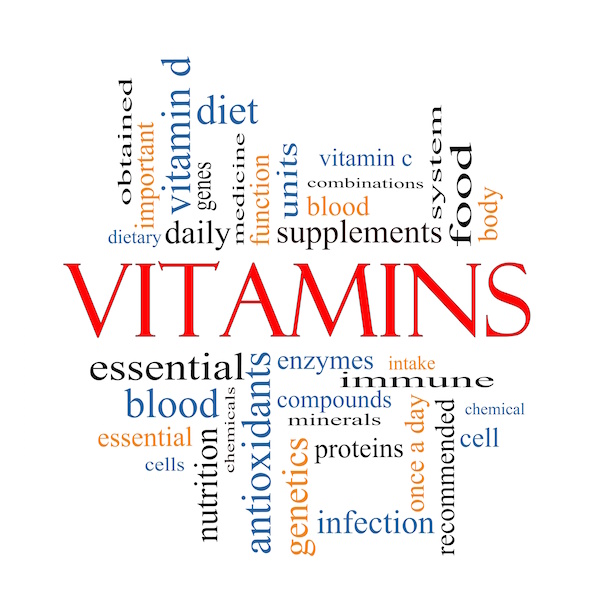
WEDNESDAY, May 6, 2015 (HealthDay News) — The risk for developing vitamin D toxicity is rare, researchers have found.
With vitamin D supplementation on the rise, investigators set out to assess the odds of developing dangerously high blood calcium levels.
“The evidence is clear that vitamin D toxicity is one of the rarest medical conditions and is typically due to intentional or inadvertent intake of extremely high doses,” Dr. Michael Holick wrote in an editorial in the May issue of the Mayo Clinic Proceedings. Holick, of Boston University School of Medicine, was not involved in the study.
Vitamin D is often recommended to improve or protect bone health, and there are indications it may also help prevent cancer, diabetes, and/or heart disease, the researchers noted. Apart from supplements, natural sources of vitamin D include oily fish (mackerel and salmon), fortified milk, and sunlight.
The upper limit of vitamin D supplementation recommended by the Institute of Medicine, an independent advisory panel, for people with low or deficient levels is 4,000 International Units a day.
Concern about excessive supplementation centers around the risk for developing high blood calcium levels, which can lead to weakness, kidney stones, and a general worsening of both heart and brain health, the researchers said.
At issue is a vitamin D blood level north of 50 nanograms per milliliter (ng/mL), the study team noted. This compares with normal levels that range from 20 to 50 ng/mL.
“We found that even in those with high levels of vitamin D over 50 ng/mL, there was not an increased risk of hypercalcemia, or elevated serum calcium, with increasing levels of vitamin D,” study co-author Dr. Thomas Thacher, a family medicine expert at the Mayo Clinic, said in a journal news release.
To gauge whether widespread supplementation might be boosting the risk for such toxicity, the study authors analyzed vitamin D level information that had been collected by the Rochester Epidemiology Project.
The data included more than 20,000 vitamin D blood level measurements taken between 2002 and 2011 from residents of a single community in Minnesota.
In the end, 8 percent of the measurements indicated levels exceeding 50 ng/mL, often involving women over age 65. Fewer than 1 percent had levels over 100.
Just one case of vitamin D toxicity was found over the decade-long study period, the researchers said. That person’s vitamin D level was 364 ng/mL.
Thacher and his colleagues presented their findings in the May issue of Mayo Clinic Proceedings.
More information
Learn more about vitamin D from the U.S. National Institutes of Health.
Copyright © 2026 HealthDay. All rights reserved.

